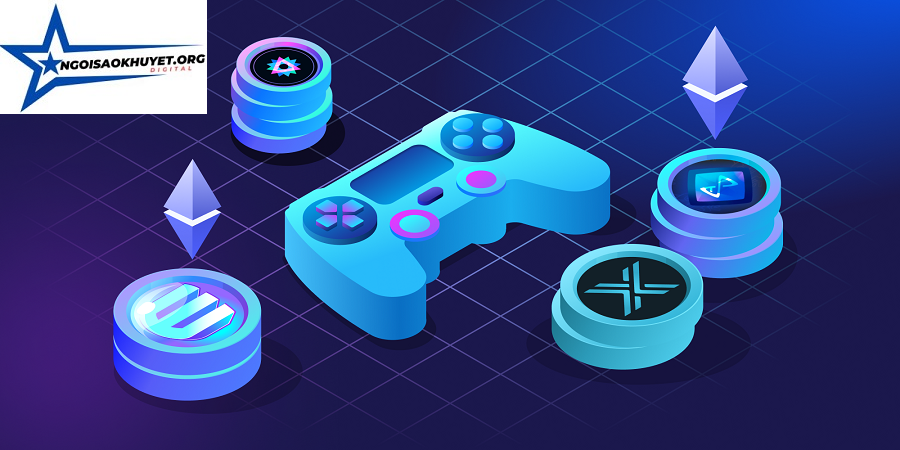NFT Gaming Economy Growth – The growth of NFT (Non-Fungible Token) gaming economies has been significant in recent years, driven by several factors. Here are key contributors to the growth of NFT gaming economies:
- Play-to-Earn Models:
- Mua backlink – Play-to-earn models in NFT games have gained popularity, allowing players to earn cryptocurrency or other valuable assets through in-game activities. This incentivizes player engagement and attracts a larger audience.
- Ownership and Scarcity:
- NFTs enable true ownership of in-game assets, fostering a sense of ownership and scarcity. Players can buy, sell, and trade unique digital items, creating a virtual economy within the gaming ecosystem.
- Cross-Platform Integration:
- NFTs that can be used across different games or virtual worlds, thanks to interoperability standards, contribute to the growth of a broader NFT gaming economy. This creates a seamless experience for users across multiple platforms.
- Blockchain Technology:
- Blockchain technology provides transparency, security, and verifiable ownership of digital assets. This has instilled confidence in players and collectors, encouraging participation in NFT gaming ecosystems.
- GameFi Trends:
- The emergence of GameFi, which blends elements of gaming with decentralized finance (DeFi), has introduced new economic models. Staking, yield farming, and other DeFi mechanisms integrated into NFT games attract users seeking financial incentives.
- Community Engagement:
- Strong and engaged communities play a vital role in the growth of NFT gaming economies. Community members actively participate in discussions, events, and contribute to the overall vibrancy of the ecosystem.
Related Articles: Game NFTs Valuation
- Creator Monetization:
- NFTs provide new revenue streams for game developers, artists, and content creators. Creators can monetize their work through the sale of NFTs, earning royalties on secondary sales, and participating in the growing NFT economy.
- Innovative Game Designs:
- Innovative and well-designed games that leverage NFTs in creative ways attract players and collectors. Unique gameplay mechanics, storytelling, and visual aesthetics contribute to the overall success of NFT games.
- Celebrity and Brand Involvement:
- Involvement of celebrities, brands, and influencers in NFT gaming projects brings mainstream attention. Collaborations and partnerships often result in increased visibility and adoption of NFTs within gaming.
- Digital Real Estate and Virtual Worlds:
- The concept of virtual real estate, where users can buy, sell, and develop virtual land, has added a new dimension to NFT gaming economies. Virtual worlds that offer immersive experiences contribute to the growth of the overall ecosystem.
- Gaming and Blockchain Integration:
- Increased integration of blockchain technology into mainstream gaming platforms and the gaming industry’s acknowledgment of NFTs contribute to the legitimacy and growth of NFT gaming economies.
- Marketplaces and Infrastructure:
- The development of robust NFT marketplaces and infrastructure, such as OpenSea, Rarible, and others, facilitates easy trading and discovery of NFTs, driving the growth of the NFT gaming market.
- Regulatory Clarity:
- Clearer regulatory frameworks and guidelines related to NFTs and blockchain technology can provide confidence to investors, developers, and users, fostering a more stable and secure environment for NFT gaming economies.
- Cultural Shift:
- A cultural shift towards valuing digital ownership and virtual experiences has contributed to the acceptance and growth of NFT gaming economies. This shift aligns with the preferences of a new generation of digital natives.
Let’s Find Out With ngoisaokhuyet.org: Crypto Gaming Communities
The combination of these factors has led to a vibrant and expanding NFT gaming ecosystem. As the space continues to evolve, it’s essential to monitor trends, innovations, and community dynamics to understand the ongoing growth of NFT gaming economies.

